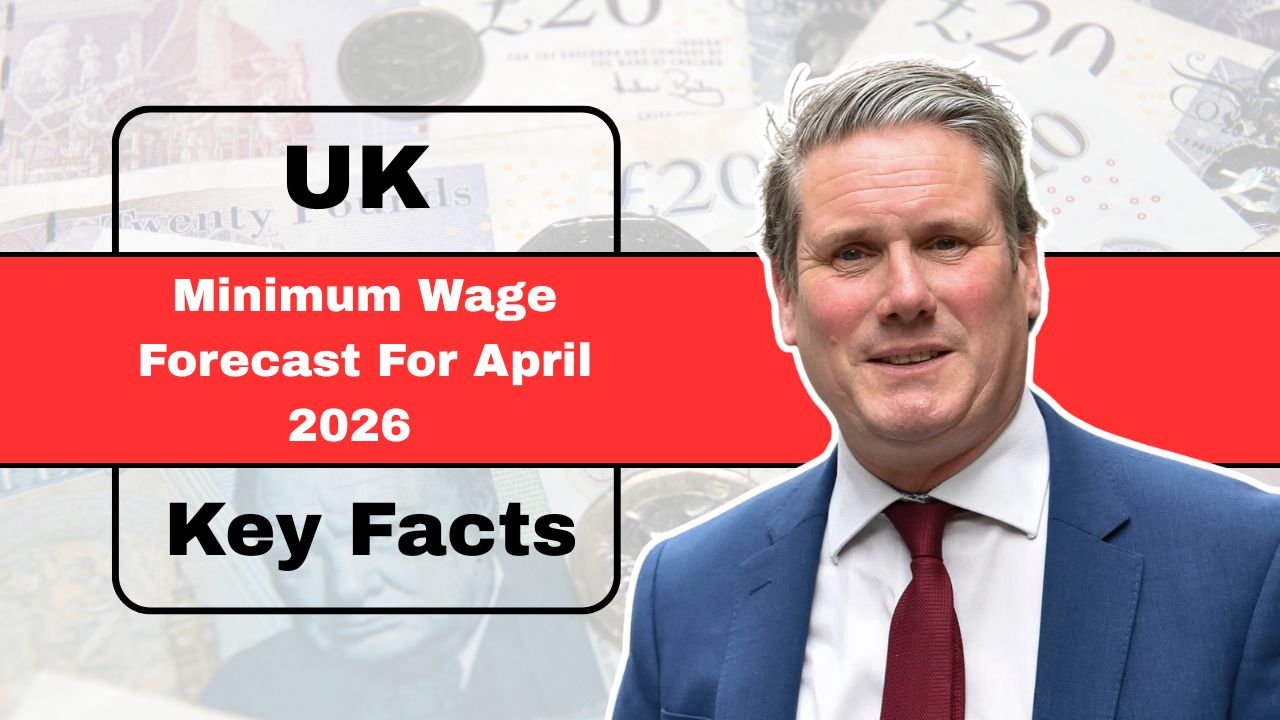As April 2026 approaches, anticipation is building over the upcoming UK minimum wage increase. With rising inflation, living costs, and pressure to meet real living wage standards, the government is preparing to raise both the National Minimum Wage (NMW) and National Living Wage (NLW).
This article outlines the projected wage rates, the reasons behind the hike, and how it will impact both employees and employers across the country.
Why Is the Minimum Wage Rising in April 2026?
Each year, the UK government reviews minimum wage levels to ensure pay keeps pace with changes in the economy. The April 2026 increase is part of a broader strategy to combat:
- Inflation
- Widening income inequality
- Increased cost of living
- Economic recovery efforts
The Low Pay Commission (LPC) advises on these changes, and while final figures will be confirmed closer to April, current estimates show promising pay rises across all age groups.
Projected Minimum Wage Rates for April 2026
The following table shows forecasted 2026 rates alongside current (2025) rates:
| Worker Category | Current Rate (2025) | Projected Rate (April 2026) |
|---|---|---|
| Workers aged 23 and over (NLW) | £10.50 | £11.10 – £11.30 |
| Workers aged 21–22 | £10.10 | £10.70 – £10.90 |
| Workers aged 18–20 | £7.50 | £7.90 – £8.10 |
| Workers under 18 | £5.50 | £5.80 – £6.00 |
| Apprentices | £5.40 | £5.70 – £5.90 |
These increases reflect the UK’s effort to align wages with economic demands and push toward a more equitable labour market.
How Will Workers Benefit?
The minimum wage increase in 2026 will directly impact millions of UK workers, especially those in low-paid and part-time jobs.
Key benefits for employees include:
- Higher take-home pay per hour
- Better ability to cover rising costs like housing, food, and transportation
- Reduced reliance on government support
- A more sustainable financial lifestyle for lower-income earners
This pay rise plays a vital role in improving wellbeing and financial independence, particularly during times of economic pressure.
What Employers Must Prepare For
For businesses—especially in sectors like hospitality, retail, care work, and logistics—the change means recalibrating payroll strategies.
Key employer actions:
- Review budgets to prepare for increased wage costs
- Update contracts and notify employees of new rates
- Use HMRC tools and advisory resources for compliance
- Explore cost-saving strategies, such as automation or operational efficiency
- Forecast product/service pricing if adjustments are necessary
While the increase can strain budgets, it may also lead to improved retention, morale, and productivity when managed well.
Why Staying Informed Matters
Final decisions about the April 2026 minimum wage rates will be announced in early 2026. It’s essential that both workers and employers:
- Track announcements from the government and Low Pay Commission
- Assess their financial plans
- Prepare in advance for payroll adjustments
Failure to comply with updated wage laws could result in penalties and reputational damage, making preparation even more important.
The UK Minimum Wage forecast for April 2026 reflects the country’s ongoing commitment to uplift lower-income workers, adjust for inflation, and support fair wages.
As wages rise, workers will experience enhanced financial security, while employers will need to strategically plan for the change.
This forecasted rise marks a significant shift toward a more sustainable and equitable labour market. Staying ahead of these changes can help both individuals and businesses thrive in a dynamic economic environment.
FAQs
Will the new minimum wage rates be mandatory for all employers?
Yes, once announced, the new rates will become legal requirements, and all employers must comply.
Are apprentices entitled to the full minimum wage increase?
Apprentices have a separate minimum wage rate, which is also set to increase in April 2026, as shown in the forecast table.
What happens if an employer doesn’t follow the new rates?
Non-compliance may lead to financial penalties, public naming, or legal action by the HMRC or Department for Business and Trade.




